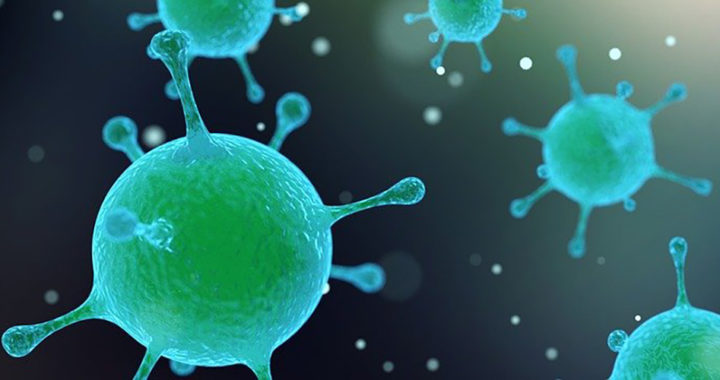What are viruses? Where did they come from? How do they differ from other infectious agents or pathogens? These are some of the questions often raised when it comes to broadening our basic understanding of viruses.
Facts about Virus: The Characteristics of Viruses
Definition and General Characteristics
1. A virus is a microscopic infectious agent that replicates inside the living cells of an organism. Viruses can infect all life forms, from microorganisms such as bacteria and archaea to fungi, plants, and animals.
2. They have a simple organic structure. In general, the characteristics of viruses center on having a bit of genetic information, either an RNA or DNA, encased in a capsule of a protein called the capsid.
3. Sizes range between 20 and 30 nm in diameter, to 100 to 400 nm in diameter. However, giant viruses can have protein filaments measuring to 100 nm or capsid diameter of 400 nm.
4. Viruses depend on infecting a host to reproduce and survive. Hence, opinions differ on whether they are a form of life or simple organic structures that interact with living organisms.
5. Note that they also lack any form of energy production or metabolism. They cannot also evolve on their own. They need host cells to replicate and evolve.
6. Some describe them as organisms on the edge of life because they still possess genes, reproduce by creating multiple copies of themselves through self-assembly, and evolve by natural selection.
Origin of Viruses and their Evolution
1. They may be around as long as life itself because they can infect all forms of life, including basic life forms such as bacteria and archaea.
2. Some scientists believe that they formed and evolved alongside the earliest cells, while others argue that they come even before primitive forms of life.
3. One key implication of the origin of viruses based on their self-assembling characteristic is that they provide further credibility to the hypothesis that life could have started as self-assembling organic molecules.
4. There are three major theories about their origin: the regressive hypothesis, cellular origin hypothesis, and co-evolution.
5. However, the exact origin of viruses remains unclear because they do not form fossils. Their simplicity renders them fragile. Molecular techniques to include genomics are a useful means to investigate how they arose.
6. Sometimes, the genome of the virus become integrated into the DNA of its host. The viral information stays in the genetic makeup of that organism, thus passing it down to its offspring.





